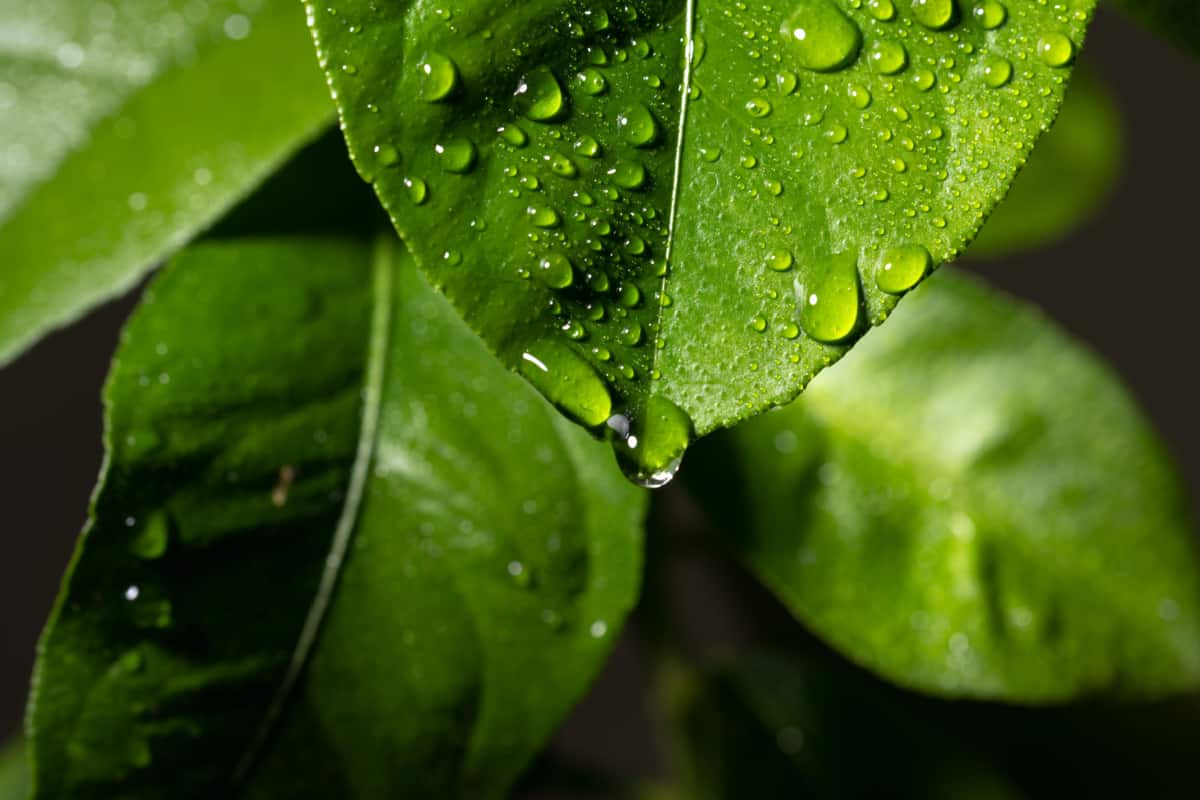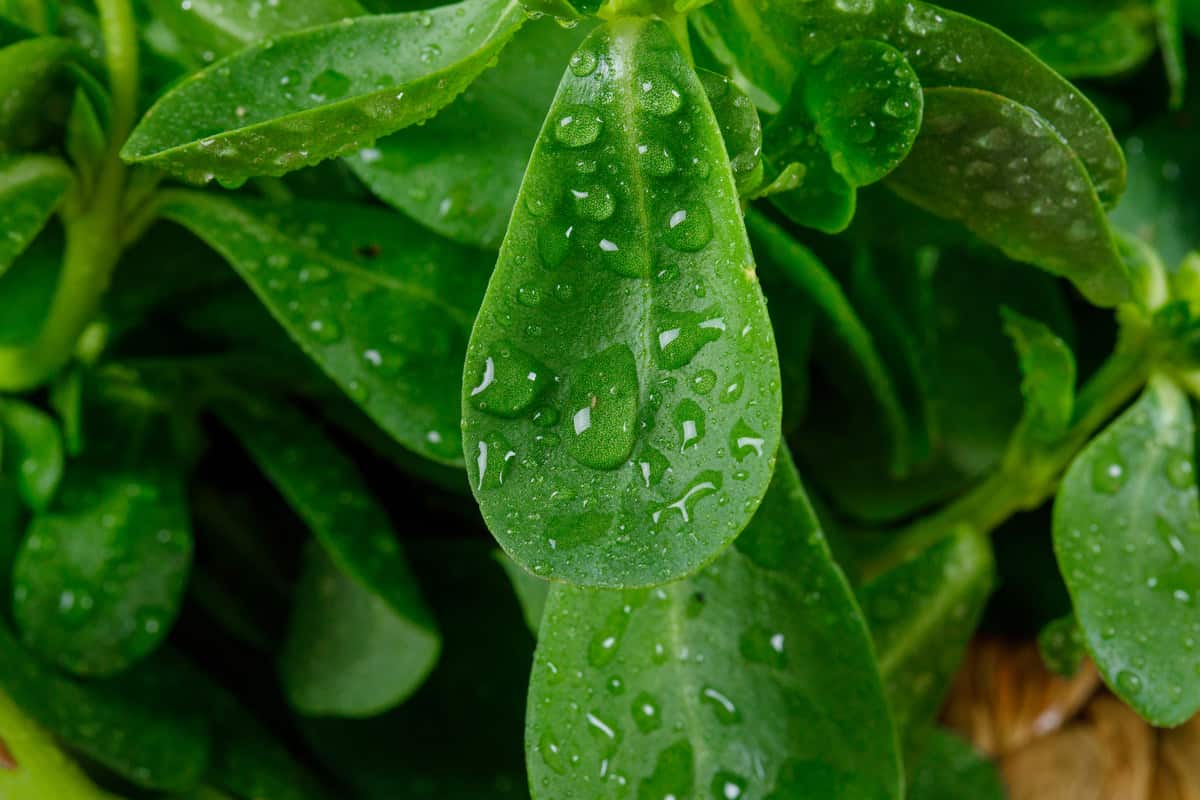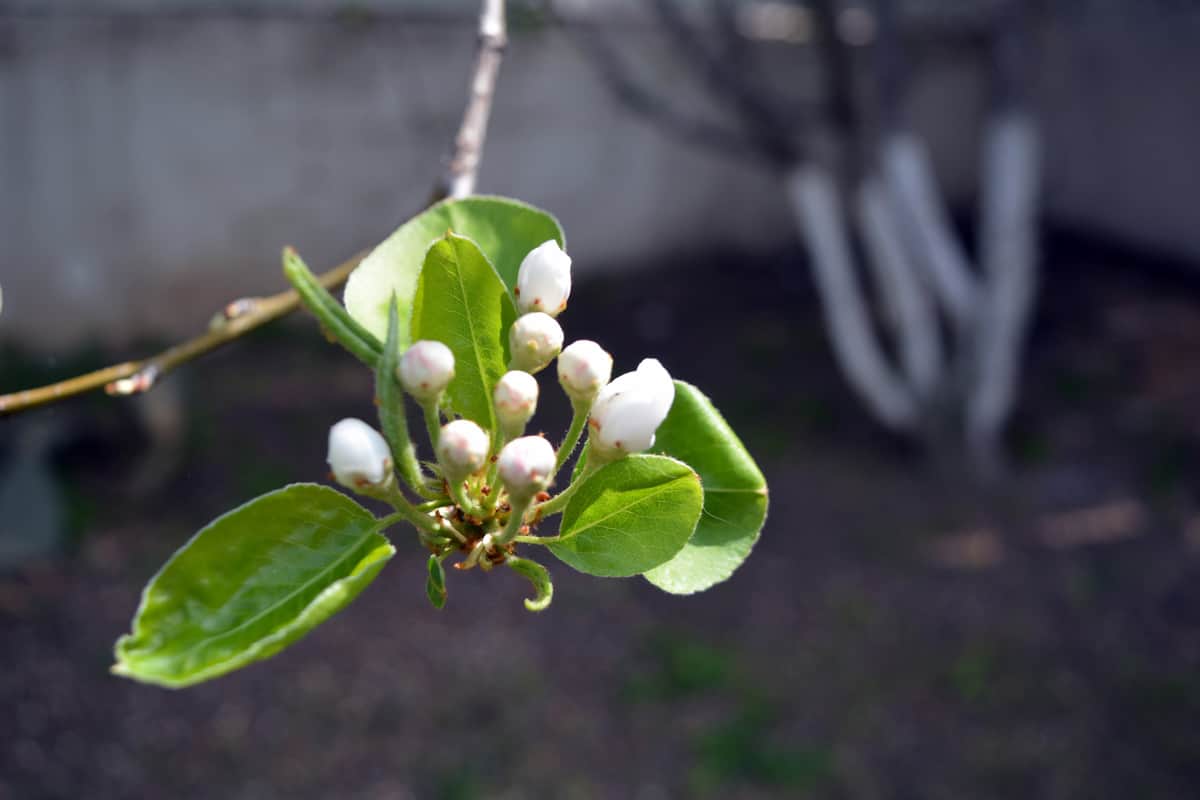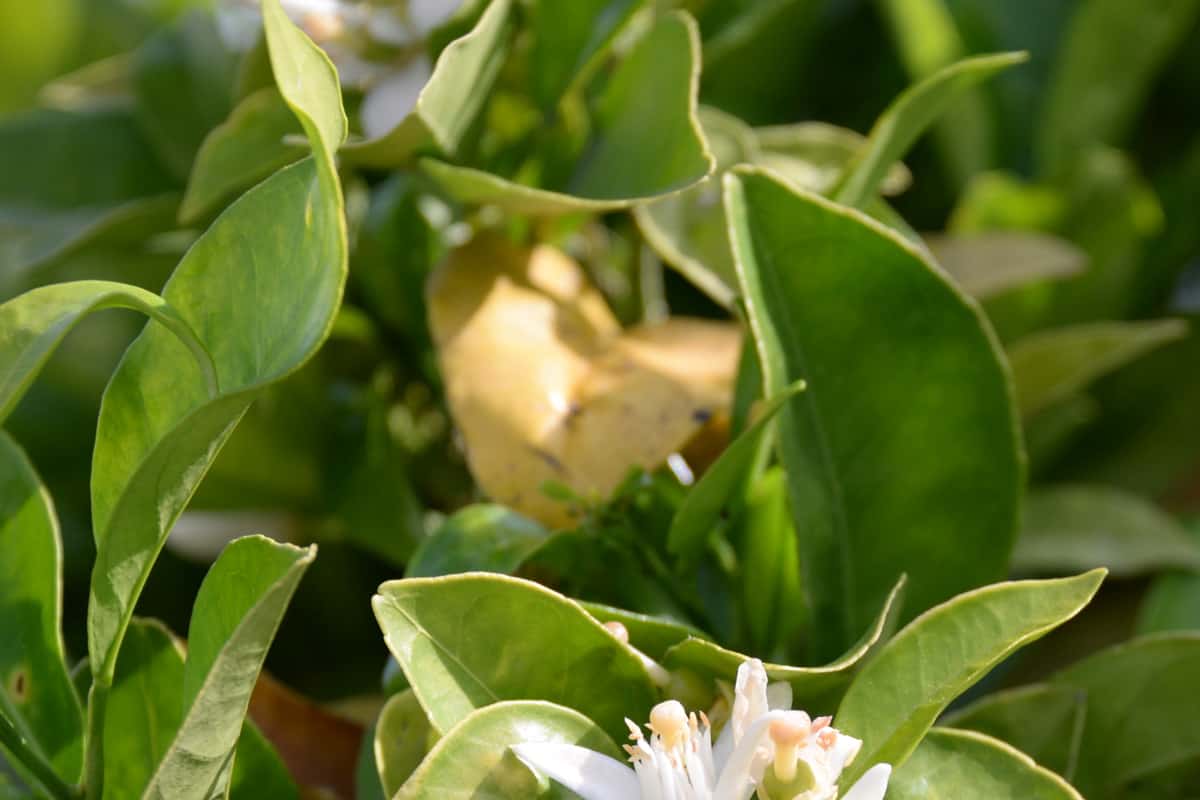Do you think plants have eyes? It may seem like a ridiculous question, but a climbing vine called Boquila trifoliolata is causing plant biologists to rethink what they know about plant biology.
This plant has been shocking the world and boggling the minds of scientists. So buckle up, grab your lab coat (or at least your favorite botanical-themed t-shirt), and get ready to explore the strange and wonderful world of Boquila trifoliolata!

This vine is found in the temperate rainforests of Chile and Argentina, where it blends in with its surroundings by changing the shape, size, color, and orientation of its leaves to mimic the trees it grows on for support.
But the most incredible thing about Boquila is that it can also copy the leaves of other nearby plants without even touching them.
Watch this video to learn more about Boquila trifoliolata and how it has been puzzling the scientific community:
However, this plant's "shape-shifting" abilities do not come just for fun. With the number of threats around its environment, including snails, slugs, and other predators, this ability may be what's helping it survive. Its mimicry protects it as it copies other plants that animals avoid.
What's even more shocking is that even with the vast amount of knowledge we have today about biology and the natural world, the question of what enables this plant to mimic plant appearances like no other remains unanswered.
This shows there's still so much we don't know about, just waiting for us to discover like Boquila trifoliolata.

Can Boquila trifoliolata See?
Boquila trifoliolata was only discovered seven years ago. This may seem like a long time for many— but for the scientific community, this isn't enough to study how it can shape-shift into another plant. It's pretty bewildering.

There's still no concrete answer about how this plant can mimic. But, the answer scientists have been seeking to find about this plant's ability isn't what makes its leaves morph. It's more so in how the plant can sense or know what other plants look like to copy them.
Biologists and scientists alike have been looking for an answer to this. Just like how Hank Green discusses it in the video above, there are three controversial hypotheses about this:
Horizontal Genetic Transfer
Genes enable one organism to transfer traits to another. Think of it like how a child can inherit their parents' eyes— because of gene transfer.
That's why when it comes to how this plant mimics others, scientists conclude that it may be because of gene transfer.
As far as we know about biology, genes can be transferred to one another. So, when we think of it, maybe Boquila trifoliolata copies genetic information from a plant, then morphs into it.
But because Boquila trifoliolata mimics plants rapidly, it's almost crazy if this is true. As Hank explains in the video, it's like giving someone a handshake and immediately shape-shifting into them because their genes were transferred to you.
Plus, as mentioned, Boquila doesn't need to attach to a plant or a tree to shape-shift into it, so how exactly can genes transfer to them in such cases?
Airborne Bacteria Carrying Genetic Information
Another hypothesis related to the first one, genetic transfer, has been made by researchers. They say it may be because airborne bacteria from a surrounding plant carry genes to boquila trifoliolata.
Then, when the vine plant receives it, it can mimic what that plant looks like and change its shape.
Unlike the first hypothesis, this one had a more significant basis.
Bacteria found in a Boquila that has altered leaves to copy another plant be different than in a Boquila that hasn't changed its appearance. But, because this is a massively new idea and revolutionary in biology, more evidence is needed.
Plants Can See

As hypotheses about how Boquila trifoliolata can shape-shift increase, the ideas from researchers get wilder. The most controversial one to date is that they can see!
If this is true, we may have had eye contact with plants— we just never knew it!
Researchers came up with this hypothesis just recently. And they experimented to prove it. Also, this experiment may have disproved the idea of genetic information.
What the researchers did may shock you; they attached the vine plant to a plastic plant! But what will come as a bigger surprise is that even so, Boquila trifoliolata was able to mimic the plastic plant.
Plastic plants don't have genes, so gene transfer is impossible. They also had it undergo an eye exam to test if the plant could see. Researchers placed a shelf between the Boquila and the artificial plant to block its line of sight.
What they observed is astounding— when Boquila's vine grew hidden from the plastic plant, they couldn't morph into it!
However, many critics and plant biologists also said that the researchers of this hypothesis didn't recognize and disprove other variables to prove their claim, so the evidence about it is still lacking.
But just the thought of the possibility that plants can see is groundbreaking.
Boquila trifoliolata, One Of The Many Wonders Of The World
Many ideas exist about how Boquila trifoliolata morphs into a completely different plant. But we don't need to know it to understand that this plant is fascinating.
Day by day, scientists and experts unpack discoveries about the natural world. It's only a matter of time before they discover the reality of Boquila trifoliolata.
But, for now, spectators like us can stay in awe of the superpower-like ability of this plant.
